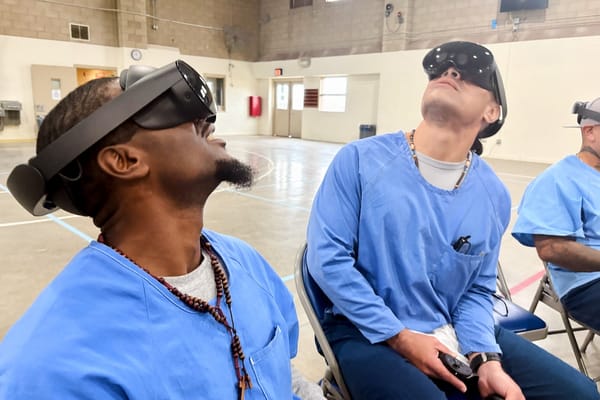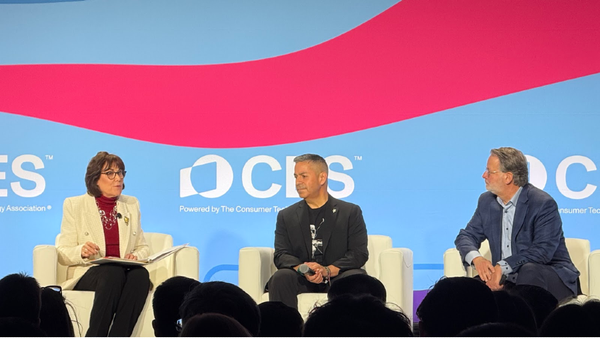Final BEAD Proposals Will Be Quicker, NTIA Deputy Says
NTIA deputy says the agency has 'learned a lot' when it comes to approving state proposals.
Joel Leighton, Drew Clark

DENVER, August 7, 2024 – The approval process for final proposals under the Broadband Equity, Access, and Deployment program will be much more streamlined than the process for initial proposals.
That was the message of Evan Feinman, deputy associate administrator for BEAD at the National Telecommunications and Information Administration, during his appearance at the broadband conference Mountain Connect here on Wednesday.
“[The initial proposals] required more forethought because you are trying to anticipate what's going to happen in the future and create a rule set to be able to be fairly applied to all of these different applicants,” Feinman said.
In contrast, Feinman said the final proposals, which will be produced by state broadband offices after they have awarded BEAD grants to ISP sub-grantees, will serve more as a "historical document" that compiles actions taken under a state’s plan. In other words, the final proposal is not a plan for the future.
Thirty-three of the 50 states and 6 territories and districts that have submitted plans under BEAD have been approved, said Feinman and Brandon Carson, executive director of the Pennsylvania Broadband Development Authority; and Lori Adams, vice president of broadband policy and funding strategy, who also spoke on the morning keynote panel.
Criticism of pace of NTIA approvals
Feinman’s comments come as some industry leaders, including state broadband officers, have criticized BEAD for its slow approval times of initial proposals.
Feinman said the agency has “learned a lot” and states should expect continued close collaboration with their federal program officer during the sub-grantee selection process.
He also noted that once the state’s initial proposals are approved, they cannot generally be changed later. That is why, he said, initial proposals have taken so much time: Compliance measurements will be based upon the details of the initial proposals.
Feinman also addressed a report from the communications consulting firm Cartesian, which found that the number of locations for BEAD had been reduced to approximately 5.5 million.
Feinman said approval of maps under the state’s challenge processes, and de-confliction with broadband serviceable locations to be served by other federal broadband awards, are the reasons for the dropping number of locations to be served by BEAD.
“There has been a tremendous amount of investment by other federal agencies, by states, by the industry,” Feinman said. “You layer in all of those binding commitments and planned industry developments, you would expect to see a significant swing on the basis of that in the number of eligible locations.”
Feinman also said that the locations include apartments and community homes, which host multiple people.
However, responding to a question from Adams, Feinman said that although there are fewer locations, it does not necessarily mean that more fiber will be deployed to each location.
“With fewer locations you would anticipate there being… greater expenditures on a location-by-location basis,” Feinman acknowledged. “[But] it would be very hard to take that general statement and make it specific to a state or a part of a state.”












Member discussion